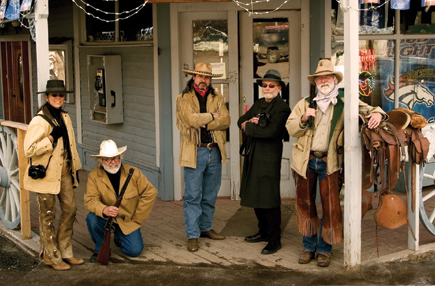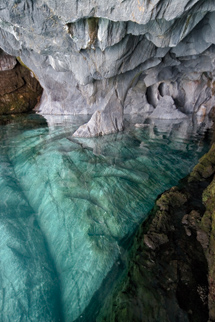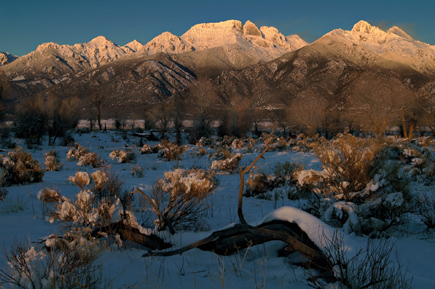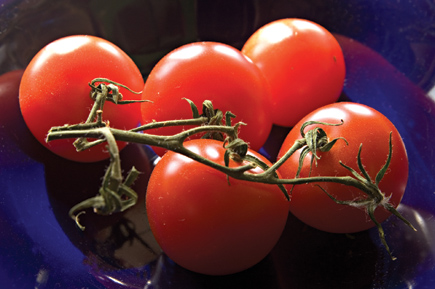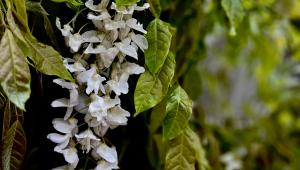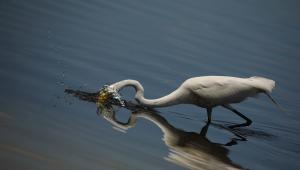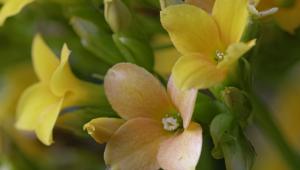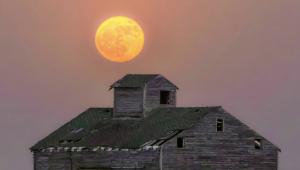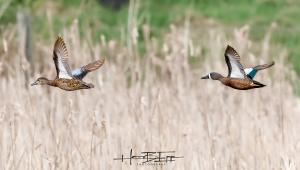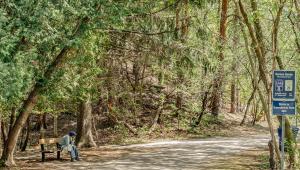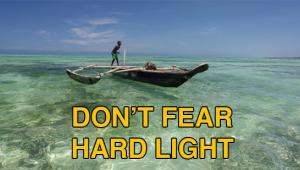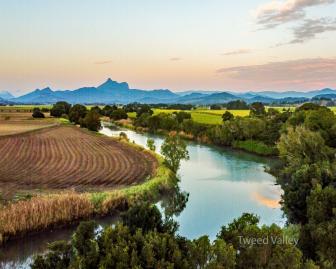Shoot-Out In The Old West
It was a hot and thirsty afternoon. A light thundershower had left the parched
earth thirsting for more. Four of the roughest, toughest photographers in the
Wild West met on the empty street in front of 21st Amendment liquor store. A
challenge had been made and they were here to accept. Rough and ready "Wild
Bill" Ellzey, sporting a Nikon D70, was leaning against the rail. His
images have graced the cover of National Geographic and other publications throughout
the world. A few feet away, watching the gathering storm and packing a new Konica
Minolta Maxxum 7D, was the scourge of Sunset magazine covers and editorial assignments,
JD "Don't Ask What JD Stands For" Marston. Just back from
Patagonia, Chile, was the notorious Linde "Lightfoot" Waidhofer,
accompanied by her trusty sidekick, Lito the Kid. She was sporting a Canon EOS
20D. Finally, "Pancho," a.k.a. Steve Anchell, watched warily from
the shadows. He was seen handling an Olympus E-1.
The quartet of internationally published photographers was here for one purpose:
a digital SLR shoot-out. We did not ask them for a list of specifications or
to make a direct comparison--we decided to leave that for more technical
reviewers. Instead, we asked each of them to photograph with their assigned
camera and report on what they liked, and what they did not like, based on their
years of experience.
Read what each has to say and then decide which piece of hardware is best suited
for the kind of shootin' you do.

Canon EOS 20D
Linde "Lightfoot" Waidhofer (Linde Waidhofer is a nationally recognized
landscape photographer with three books of Western landscape images to her credit,
the most recent being the award-winning "Stone & Silence." She
is also a passionate teacher, leading workshops in the Southwest, Alaska, Mexico,
and Patagonia. To see more of Waidhofer's work, and for information on
her workshops in Patagonia and elsewhere, visit her website at: www.westerneye.com.)
"Canon's 20D sounded like a dream come true for a wilderness photographer
with its high-res 8-megapixel files, in a smaller, lighter package. But I wanted
to find out for myself, for a couple of reasons. My landscape work has been
all digital for the last three years, and I've been a Canon shooter for
half that time. The 10D was my first Canon digital SLR, and my current working
camera is the Canon 1D Mark II, a formidable professional tool, but devlishly
heavy for long backcountry hikes. The 20D might just be the answer. Canon claimed
to have put more pixels (eight million of them) onto the same 2/3 film-size
chip as the one used on its 10D, without increasing the noise, a nice trick
if true.
|
|
|
It was high autumn in the Rockies, I grabbed my favorite Image-Stabilized
Canon `walkabout' zoom lens and started shooting. First in my hometown
of Crestone. Then on longer hikes up local creek beds into the Sangre de Cristo
Mountains. It didn't take long to get my answer, the 20D is a giant leap
forward in what are often called `prosumer' cameras.
The user interface was friendly and familiar, in some ways more intuitive than
Canon's 1D professional models. The camera comes to life instantly from
its Sleep mode when you partially depress the shutter. The eight-way control
dial for moving around on a zoomed-in image preview is great. And the improved
autofocus is fast, silent, and deadly accurate.
|
|
|
But how about image quality? How good were those eight million pixels? One
thing I learned early in the digital game is that all pixels are not created
equal. Marketing types like to focus on the megapixel sweepstakes, but really
the number of pixels doesn't tell you much. Smaller pixel-sensor sites,
like those found on consumer digicams, yield image data with a poor signal-to-noise
ratio (tech speak for a lot of random and ultimately meaningless tonal variations
at the pixel level). Or to put it another way, you can wind up with lots of
pixels that don't contribute much to the final image.
The 20D's pixels were remarkably good. I'm an image-quality fanatic.
I only shoot raw files, which I process as high-bit Photoshop images. An autumnal
forest floor close-up shot contained enough detail to make a splendid 20x30"
print. So far so good. But the acid test for any digital camera is low-light,
high-ISO shooting. You expect great files at ISO 100, but how about ISO 400,
800, or 1600? The results were better than I expected: Virtually no noise at
ISO 400 and very little at higher ISO settings.
|
|
|
Shortly after our Crestone `shoot-out,' I took this camera to
Chilean Patagonia and used it to photograph some lakeshore caves of gray-white
marble on Lago Carrera. Getting into these caves required rock climbing, plus
wading thigh-deep in turquoise glacial melt water. There I was in the back of
a beautiful but shadowy cavern, no tripod of course, and hand holding my 20D
at ISO 800. The results? Virtually noise free--judge for yourself.
So much for pluses, does the 20D have any downsides? Yes, sort of. It takes
too many steps to activate and deactivate mirror lockup. And the fact that the
20D autofocus system needs at least an f/stop of 5.6 to function rules out,
for example, using a 300mm f/4 lens with a 2x doubler, which is a wonderfully
lightweight combo for remote shooting trips.
The Canon 20D is one helluva camera body. It's now become an essential
part of my kit."

Konica Minolta Maxxum 7D
JD "Don't Ask What JD Stands For" Marston (A renowned black
and white and color landscape photographer whose enthralling images earned him
the Ansel Adams Award for Conservation Photography, and many others, including
"Who's Who In American Art," JD Marston's images captivate
and fascinate with the vibrancy and emotional tones of nature's paintbrush.
His limited edition black and white or color fine prints may be purchased through
his gallery in Crestone, Colorado, or online at www.jdmarston.com. Marston loves
to personally receive calls from collectors at 800-253-4701.)
"I mainly use a tripod when I practice image capture...handheld images
are not a very large part of my collection. When I was asked to review the Maxxum
7D, I knew that the Anti-Shake mechanism of the unit would get a real workout
with my `soft' hands. So, I decided to use the camera entirely handheld
using the supplied AF 17-35mm lens--everything on automatic--and no
instruction manual. Simply walking through this world making `grab'
shots and discovering how easily the camera revealed its operating secrets to
me, via the screen menu layouts and the labeling of function buttons and dials
and levers on the camera body.
|
|
|
The first time I picked up the camera, it fit immediately into my hand, though
I had a little confusion about the depth of field button and not being able
to reach it with the finger on my right hand. Then I realized that it was meant
to be operated with the left hand under the lens...puts it in the perfect
position for a curled touch with the ring finger.
I was pleased with how easy it is to navigate the controls on the back of the
Maxxum 7D with either or both thumbs. Sometimes, I felt as if I was playing
Pac-Man or something. It really appears as if someone spent quite some time
figuring out how human fingers move when held in certain positions.
All this is to get to the point of the Anti-Shake: Because the camera fits my
hand so nicely and the controls are so accessible, my hands are able to be in
a position that allows the natural shake to subside somewhat, thus enhancing
and aiding the Anti-Shake mechanism--to the extent that it gains me about
three f/stops in speed--utterly amazing for someone who only uses tripods.
The images of the silk and tomatoes were both photographed handheld with available
light at shutter speeds of 1/8 and 1/25 of a second, respectively. I would never
have thought this would have been possible without a tripod.
|
|
|
The Konica Minolta Maxxum 7D has specs similar to those of other manufacturers
and certainly produces images worthy of a photographer's collection. I
feel that part of this is due not only to the superior technology and design
of this camera, but to the excellent optics which were designed for digital.
The sharpness, resolution, and color rendering are better than anything I have
yet seen on a digital SLR. The accuracy of the color of the silk and the blue
bowl, which held the tomatoes, was spot on.
- Log in or register to post comments
